Hello, my name is Sandrine, I am African, I am 38 years old, and I have a fibroid uterus.
It all started 8 years ago when I discovered that I had a small more or less rounded lump in my lower abdomen which, although painless, worried me a lot. Yes, feeling that you have a mass in your abdomen can be very worrisome. Being a thin person, this mass was more accentuated when lying down than standing up. I actually felt it for the first time in a lying position. Before that I had noticed that I had menorrhagia during my periods; my periods had become abnormally abundant and long. Regarding dysmenorrhea, unlike my sisters, I had had it since puberty. I thus consulted a gynecologist, and the diagnosis of uterine fibroid was made. The gynecologist put me on progestin combined with iron because I had anemia. I was taking my anti-inflammatories as usual during my periods.
Over the months and years, the fibroids grew bigger. They became very bothersome, and in addition to the frequent bleeding I began to have excruciating pain which led me to the emergency room each time because I needed upper-level and intravenous analgesics to calm me down. I still remember my screams and my tears at that time: it was excruciating. In addition to living this every month, I was also very fragile mentally and psychically.
I underwent a laparotomy myomectomy in 2012, two years after the diagnosis.
This was made necessary because of the debilitating pain, the heavy bleeding, the severe anemia I had (the doctors had even considered a blood transfusion during the operation), and to facilitate a subsequent pregnancy. Three months after I recovered from the intervention, my doctor advised me to conceive a child as soon as possible because nature abhors a vacuum. It is important to know that depending on the location of the fibroid, the symptoms, its size, it is sometimes difficult to escape surgery. Hysterectomy is possible, but the uterus is kept if a pregnancy is desired, especially when you are still of childbearing age. A few months after my operation, my cycle became regular. I still had fibroids, but they were asymptomatic. During the operation, we only removed the largest, which measured about 16 centimeters.
I finally met the man of my life several years later, in 2014. We decided to form a couple in 2015. Both of us wanted children. I made it clear to my partner that I had undergone a myomectomy.
In 2016, as I was unable to conceive, we went to the procrea clinic (clinic for assisted procreation) to consult and discuss other alternatives.
We carried out several tests within this clinic to find out what was the origin of the problem. The tests, of course, showed that it came from me. The fertility check-up found several fibroids (I had 15 now and they had increased in size), a low ovarian reserve and the hysterosalpingogram showed that I had both tubes blocked. My gynecologist explained to me that given my “advanced” age, it was better for us to go directly for IVF (In Vitro Fertilization). But to guarantee its success, it was necessary to reduce the size of the fibroid. She also advised me to freeze my eggs. I was therefore put on Fibristal for 3 months to reduce the size of the fibroids. Artificial insemination had not been considered, because for that it was necessary to have permeable tubes, which was not my case.
However, I did not like the clinic, and we decided to transfer our file to the McGill reproduction center. I had in my entourage 2 friends who had been cared for there. For my part it was very important that I connect with the doctor who would follow us, to feel understood, supported and to receive answers to my questions. In terms of the cost of IVF, it was also relatively less expensive at the McGill reproduction center. I therefore went there with my partner where we redid the tests. I had been taking fibristal for 3 months already and, good news, the ultrasound showed the consequent reduction of my fibroids. It was agreed that I would take fibristal for another 3 months. After that, the hysterosalpingogram showed that I had permeable tubes. It was actually fibroids blocking my tubes.
As my fallopian tubes were permeable, I resorted to artificial insemination (AI).
We thus started the AI process, which is covered by the government for 9 trials. On the first day of my period, we meet a nurse who explains everything to us. We obtain the proper medicines which are available in specific pharmacies. We come back to see the nurse with the drugs; she explains how to administer the injections and for how long. An appointment is then made for blood tests and the follow-up ultrasound. The day finally comes when the treatment is modified and you are asked to inject yourself with the molecule that will trigger ovulation and to come the next day to do the insemination with your partner’s sperm.
I was very positive during this process because for me there was no reason for it not to work because neither I nor my spouse had other problems. I was always thinking about my treatment and doing my best to never be late for my injections. But we tried twice and failed both times, which affected me a lot psychologically. On the second attempt I cried a lot when I had my period. But luckily, I was not alone; my husband was fully by my side during these trials and he supported me a lot.
After these two attempts I needed to take a 2-month break.
After this period, we went back to see the gynecologist with the decision to do IVF.
The IVF hormone treatment was more laborious. Some AI molecules were renewed but there were several others and I had to prepare myself psychologically to resume these injections. On the first day of your period, we must call a number given in advance to make an appointment for an “IVF” ultrasound for day 2 or day 3 of your cycle. On Day 2, after the ultrasound, we are advised by a nurse to start our hormone injections (Puregon + Repronex). On the 6th day of injection, we start a new injection (cetrotide) which must be taken in the morning, while continuing with the other injections. The next ultrasound is done on the 8th day of the injections and a blood test is taken on the same day. Further ultrasounds are planned depending on how our body responds to the treatment. The idea being to maximize follicular stimulation.
My egg retrieval took place about 2 weeks into the process. I had been able to produce 5 follicles. My husband was also present to donate his sperm for IVF. A day before, on the recommendation of the nurse, I had injected the hormone HCG. After the egg retrieval, I received 3 more prescriptions to prepare for the embryo transfer. This took place 3 days after the egg retrieval. The culture only gave 2 embryos which were all transferred to my uterus.
After the transfer we made an appointment for the pregnancy test. The medical team at the Reproduction Center gave us recommendations concerning the lifestyle to adopt (diet, vitamins, exercise, hygiene, sexual relations, stress, etc.). In the meantime, I had to continue with the intravaginal endometrin. I did my best not to be stressed during this waiting period. It was hard. On the day of the appointment for the pregnancy test, about ten days later, I went to the reproduction center and they took a blood sample. The nurse reassured me that I would receive a call that same day to tell me if I was pregnant or not. On the way home I bought a rapid pregnancy test; I was so impatient; I didn’t want to wait. But I was unable to perform the test and waited. In the afternoon the center called me with positive news. My IVF worked on our first try. It was total bliss. The miracle had happened. I was going to have twins. I don’t remember exactly when, but 1 to 2 months later I had my first pregnancy ultrasound and the gynecologist told me at that time that only one embryo had survived. This news saddened me a lot because I wanted a twin pregnancy, “to have two babies for the price of one”.
My first and second trimester were pretty tough. The fibroids grew with the pregnancy and were sometimes so painful that I had to be hospitalized several times. I was always afraid of losing my baby. My third trimester was the easiest. IVF can be hard to bear both morally and financially, but it’s worth the cost! I was ready to make any sacrifice to be a mother. I think that at a certain age you shouldn’t wait too long and think about it but go for it with the possibilities of assisted medical procreation that are available to us. It is also important to believe that it can work and to persevere despite some negative results.
Sandrine


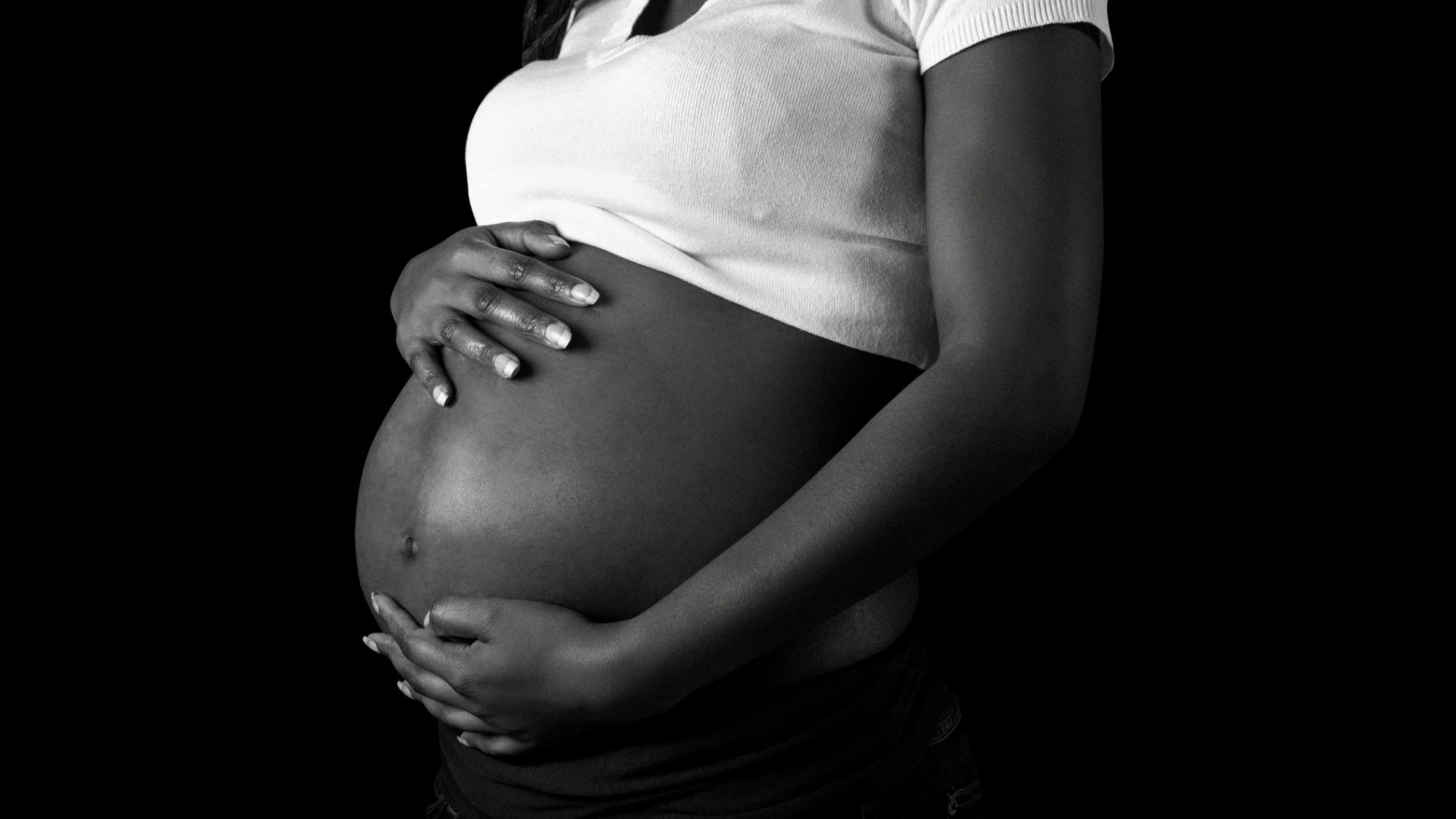
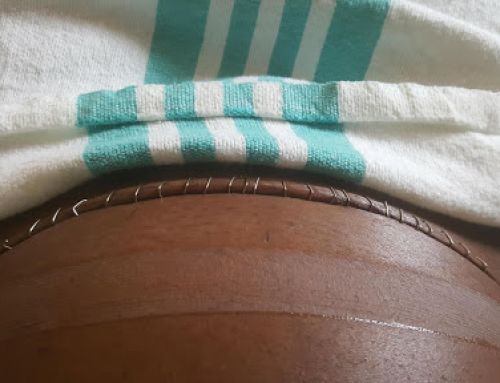
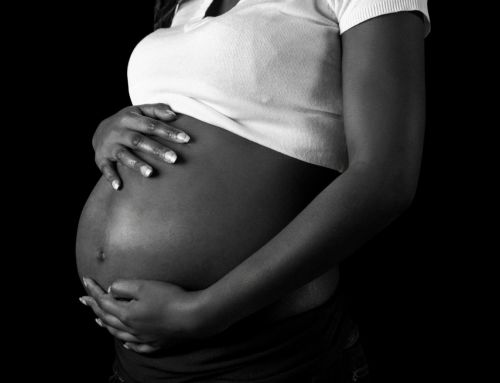
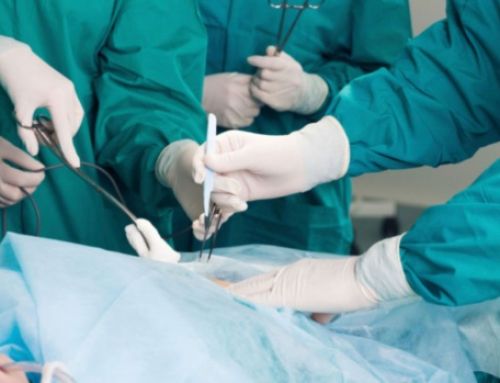
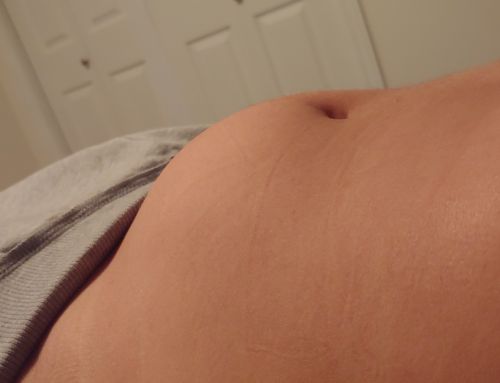

Leave A Comment
You must be logged in to post a comment.